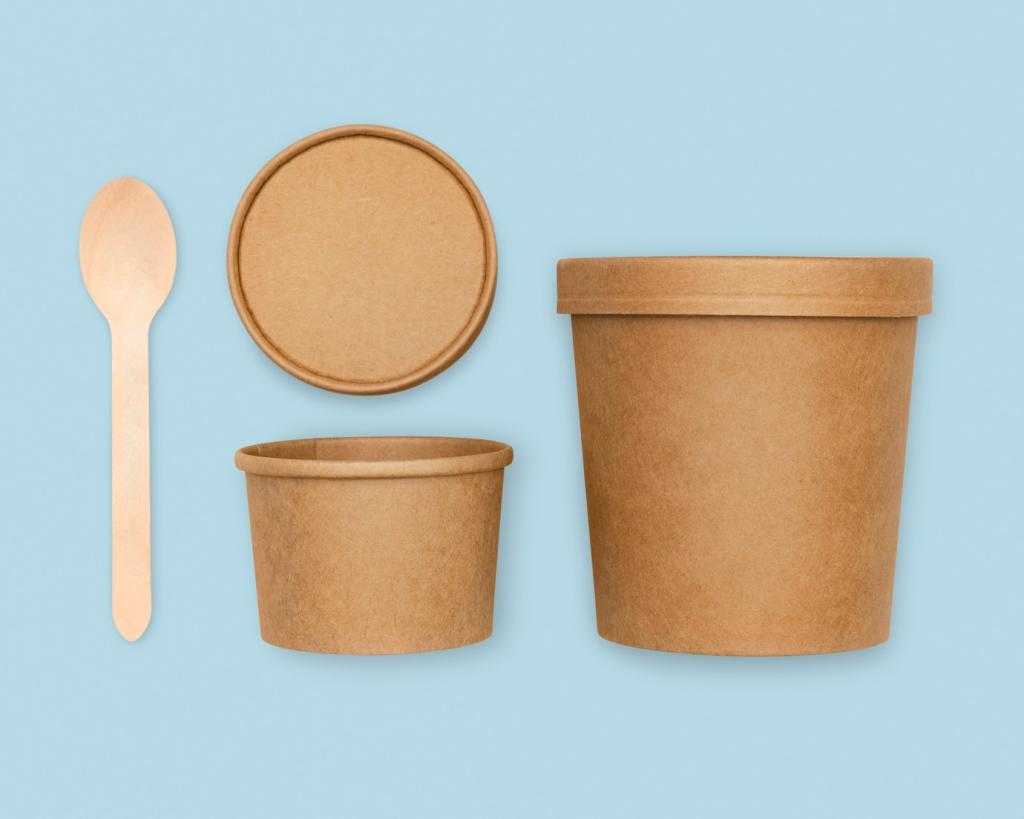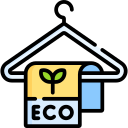Eco-Friendly Textiles for Home Decor
Exploring eco-friendly textiles for home decor means embracing materials and processes that respect our environment while enhancing interior spaces with beauty and comfort. These sustainable choices benefit not only the world around us but also the health and well-being of those living within our homes. Delving into eco-conscious textile options helps to create stylish, serene living environments that reflect a commitment to a greener, more responsible lifestyle.
The Importance of Eco-Friendly Textiles
Environmental Impact of Traditional Textiles
Traditional textile manufacturing is a resource-intensive process, involving large quantities of water, energy, and chemical pollutants. These practices have led to widespread soil degradation, water pollution, and carbon emissions, making conventional textiles a significant contributor to environmental decline. By contrast, eco-friendly textiles are created with renewable resources and non-toxic processes, offering a lower ecological footprint and promoting overall planet health. Adopting these sustainable fabrics can help ensure cleaner air, healthier waterways, and reduced landfill waste.
Benefits for Indoor Air Quality
The air quality within our homes can be compromised by toxins released from synthetic textiles, which often contain residual dyes, flame retardants, and other chemicals. Eco-friendly textiles, on the other hand, are typically produced from natural fibers processed without harmful substances, resulting in significantly lower off-gassing of volatile organic compounds (VOCs). This can lead to a noticeable improvement in overall air quality, making your home safer for children, pets, and anyone sensitive to allergens or chemicals.
Ethical Considerations and Fair Trade
Choosing eco-friendly textiles frequently means supporting ethical labor practices and fair trade principles. Many sustainable textile producers ensure that their workers receive fair wages, safe working conditions, and respect for their rights. This focus on ethical sourcing further distinguishes eco-friendly textiles from mass-produced alternatives, encouraging a global industry shift towards more responsible and humane production. Making thoughtful choices as a consumer not only improves your home’s aesthetic but also supports communities and drives positive change.
Types of Eco-Friendly Textile Materials
Organic cotton is produced without the use of synthetic fertilizers, pesticides, or genetically modified seeds. The result is a soft, breathable fabric that retains all the natural benefits of cotton while minimizing environmental damage. Organic cotton farming practices often focus on soil health, crop rotation, and water conservation, which reduce the textile’s overall impact on ecosystems. As a result, products made with organic cotton are gentler on the skin and ideal for homes aiming to balance comfort with eco-consciousness.
Previous
Next
Integrating Eco Textiles Into Your Home
The living room often serves as the heart of the home, a space for relaxation and connection. Swapping out synthetic throws, cushions, and curtains for those crafted from organic cotton or hemp can dramatically shift the atmosphere, lending a softer, more natural feel. Textures offered by sustainable textiles add depth and interest to your seating areas, while their breathable qualities improve comfort throughout the year. Eco-friendly choices in the living room showcase a personal commitment to both design excellence and planetary well-being.

